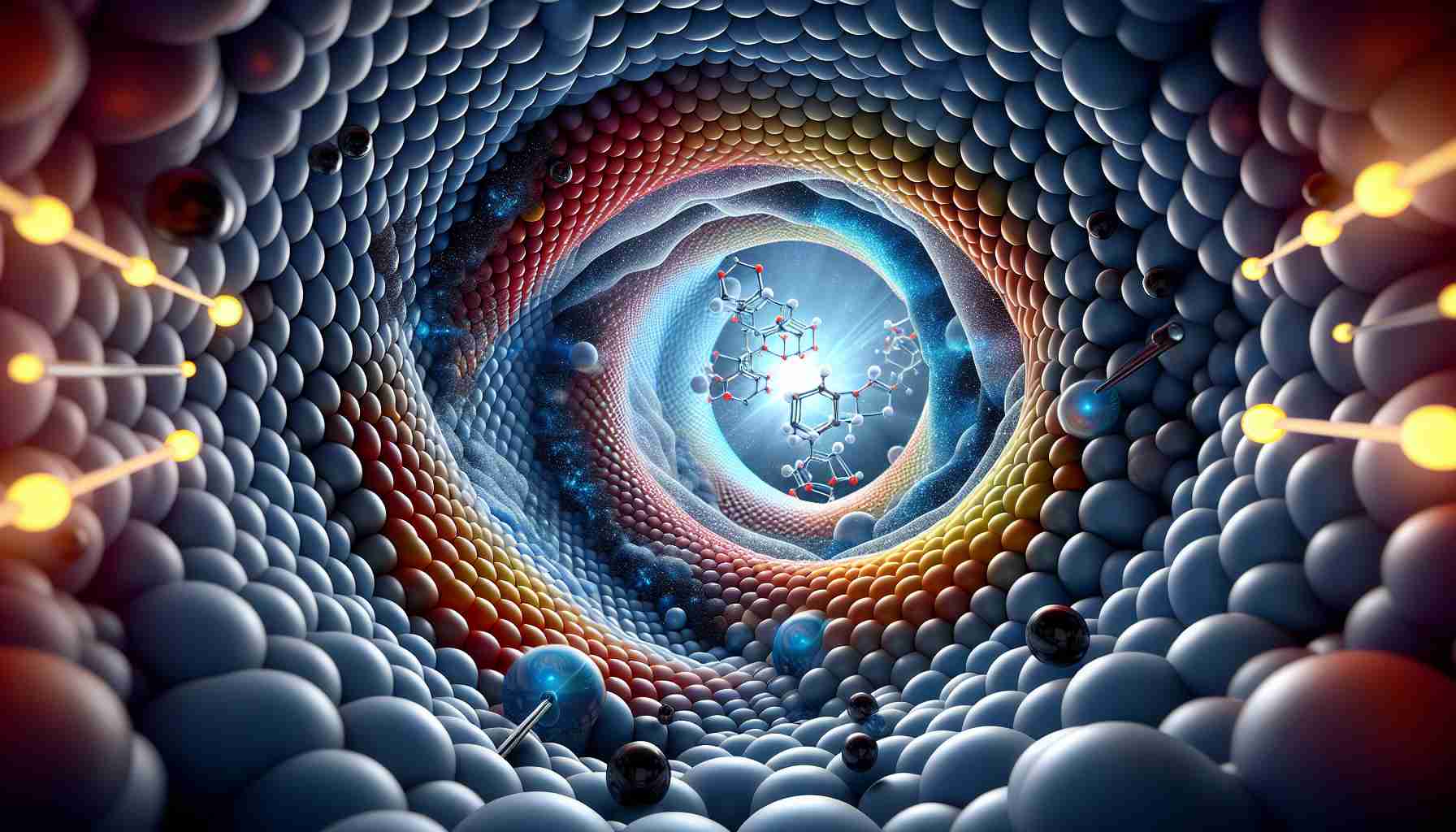The process of tunneling is one of the most fundamental processes in quantum mechanics, where a wave packet can pass through an energetically impassable barrier with a certain probability.
At the atomic scale, tunneling effects play an important role in molecular biology, such as catalytic acceleration of enzymes, spontaneous mutations in DNA, and initiation of odorant signal cascades.
Photoelectron tunneling is a key process in light-induced chemical reactions, charge and energy transfer, and radiation emission. The size of optoelectronic systems and other systems has approached the subnanometer atomic scale, which greatly enhances quantum tunneling effects between different channels.
Real-time monitoring of dynamic electron tunneling effects in complex molecules is of great scientific importance for the development of tunneling transistors and ultrashort optoelectronic devices. The effect of neighboring atoms on the electron tunneling dynamics in complex molecules is one of the key scientific problems in the fields of quantum physics, quantum chemistry, nanoelectronics, etc.
In an article published in the journal Light: Science & Applications, a team of scientists from Hainan University and Normal University in China designed a van der Waals Ar-Kr+ complex as a prototype system with an interatomic distance of 0.39 nm to track electron tunneling through a neighboring atom in a subnanometer scale system.
Combined with the team’s improved Coulomb correction method (ICCSFA), which takes into account the Coulomb interaction in the potential during tunneling, and monitoring the distribution of transverse momentum of photoelectrons to track tunneling dynamics, it was discovered that there are two effects of strong and weak electron tunneling through the neighboring atom.
This discovery reveals the significant role of neighboring atoms in electron tunneling in complex subnanometer systems. It opens up a new pathway to a deeper understanding of the key role of the Coulomb effect during electron tunneling, the generation of high-order solid harmonics, and establishes a solid research foundation for probing and controlling the dynamics of tunneling in complex biomolecules.
More information:
Ming Zhu et al, Tunnelling of electrons via the neighboring atom, Light: Science & Applications (2024). DOI: 10.1038/s41377-023-01373-2
Source:
Chinese Academy of Sciences
FAQ Section:
1. What is quantum tunneling?
Quantum tunneling is a fundamental process in quantum mechanics where a wave packet can pass through an energy barrier that would be classically impenetrable. It is a phenomenon in which a particle has a chance to “jump” over the barrier, despite lacking sufficient energy to overcome it.
2. What is the significance of tunneling in molecular biology?
Quantum tunneling plays an important role in molecular biology, such as catalytic acceleration of enzymes, spontaneous mutations in DNA, and initiation of odorant signal cascades.
3. What is photoelectron tunneling?
Photoelectron tunneling is a key process in chemical reactions that are light-induced, involving charge and energy transfer, and radiation emission. In such tunneling, electrons pass through an energy barrier under the influence of light.
4. Why is monitoring electron tunneling of scientific importance?
Real-time monitoring of dynamic electron tunneling effects in complex molecules is of great scientific importance for the development of tunneling transistors and ultrashort optoelectronic devices. It is crucial for better understanding the dynamics of tunneling and studying its impact on various systems.
5. What is the prototype system used in the research?
In the published article, the team of scientists from Hainan University and Normal University in China used a van der Waals Ar-Kr+ complex as a prototype system on a subnanometer scale.
6. What discovery was made?
The study revealed the existence of two effects—strong and weak electron tunneling through the neighboring atom. This discovery reveals the significant role of neighboring atoms in electron tunneling in complex subnanometer systems.
7. What are the further implications of this discovery?
This discovery opens up a new pathway to a deeper understanding of the key role of the Coulomb effect during electron tunneling and the generation of high-order solid harmonics. It also provides a solid foundation for further research on probing and controlling the dynamics of tunneling in complex biomolecules.
Related Links:
– Light: Science & Applications (source of the article)
The source of the article is from the blog meltyfan.es
